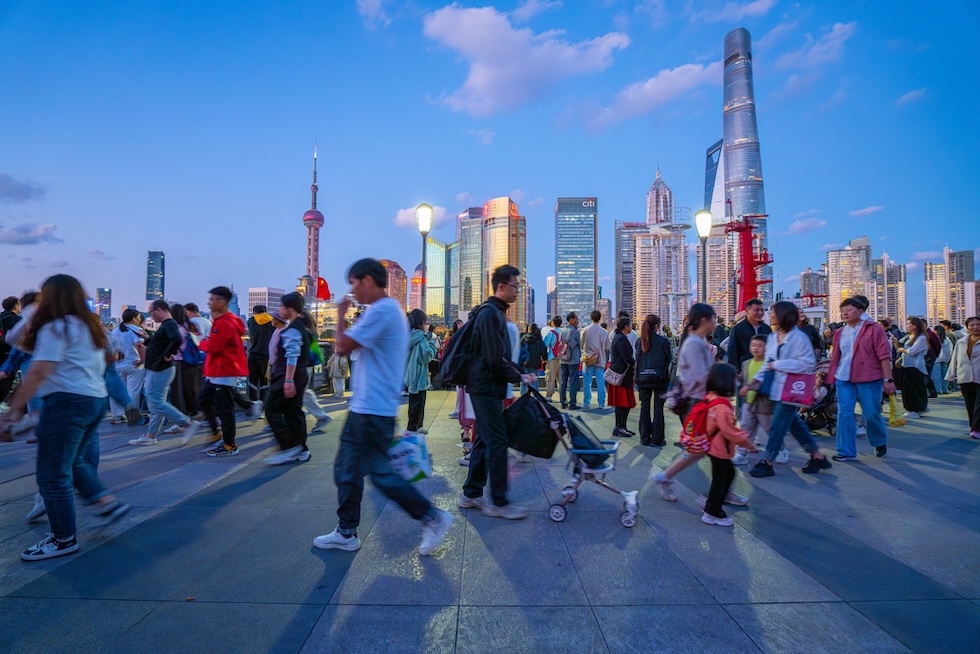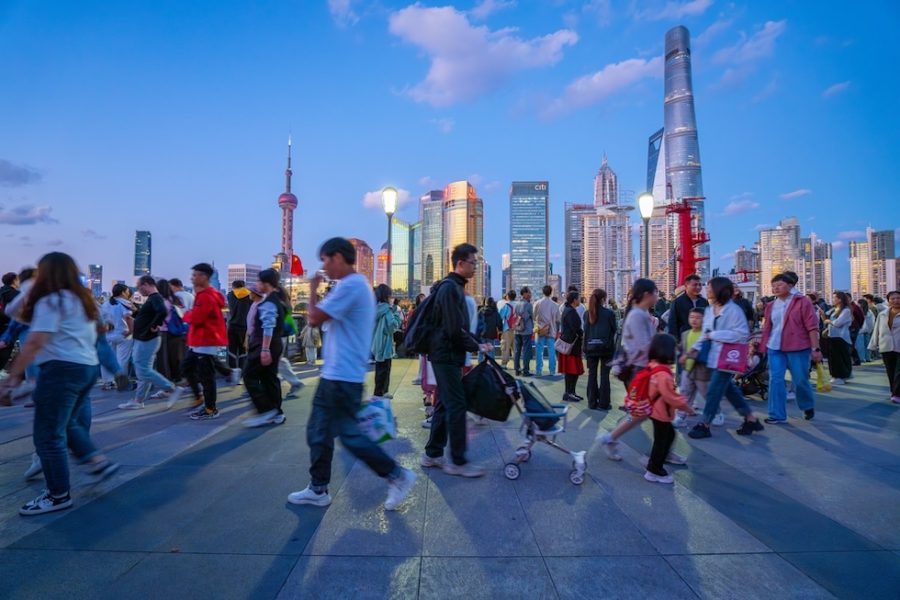Popularised by a viral image of a cyclist simultaneously reading from an open laptop while riding his bicycle, neijuan has come to represent moments when the extra effort yields minimal results. Translated as “involution” – effectively the opposite of evolution – the two-character idiom has emerged from a hyper-competitive landscape seen across schools and offices, raising concerns among policymakers about long-term societal and economic impacts.
Most recently, the neijuan phenomenon is seeping into corporate behaviour, as companies are aggressively slashing prices in what is described as a self-defeating strategy. Eric Ritter, adjunct professor of economics at Lakeland University in Tokyo tells Macao News that price-cutting is a relatively easy tactic to replicate, so many firms are quick to copy it, facilitating a race to the bottom at the expense of profitability and innovation.
[See more: The US and China have extended their tariff deadline by an extra 90 days]
“Customers respond to falling prices by delaying their purchases, extending the downward spiral that traps an economy void of any renewed investments,” Ritter explains, referencing Japan’s multi-decade experience with deflation as an example of the long-term, negative effects.
Hoping to avoid Japan’s lost decade, Beijing has expressed unease about neijuan, advocating for an anti-involution campaign amid recent party gatherings, including the July meeting of the Central Commission for Financial and Economic Affairs. The very public stance against disorderly low-price competition represented a significant policy pivot, according to analysts, underscoring the urgency to address deflation.
Overcapacity in both the public and private sector
The competitive pricing dynamic stems from oversupply meeting insufficient market demand. As an example in quantifying the gap, Morgan Stanley estimates that China is producing twice the amount of solar manufacturing components required, while its output of electric vehicle batteries exceeds the current need by 30 percent.
The makeup of the supply structure is also a challenge. Back in 2015, Beijing tackled falling prices by launching supply-side reforms aimed at slashing excess capacity in state-run industries like steel and cement by closing unprofitable factories. But while similar deflationary pressures have resurfaced, overcapacity has spilled into the private sector, affecting high-growth industries such as electric vehicles and food delivery platforms, requiring a coordination between national goals and local incentives to avoid risking a deepening economic strain.
China’s push to boost its “new productive forces” may have worked too well, writes Jefferies equities strategist Christopher Wood in a mid-June research note, commenting that such investments in the new economy sectors will likely prolong the deflationary trend. Despite negative pricing, Wood argues the existence of “good deflation” occurs when it can be used as part of a product-enhancing drive, pointing to the arrival of DeepSeek in January.
[See more: China’s consumer prices stayed flat in July]
Market watchers are closely monitoring how Chinese companies can leverage an extremely cheap open-source like DeepSeek to trigger a whole new wave of AI applications that are not only commercially viable but could also catalyse new sources of demand, Wood writes, arguing that AI applications in healthcare are well suited to utilise the technology.
Given the competitive environment, there may be a preference to be seen doing something rather than nothing, which only compounds the obstacles at a time when a wave of tariffs and protectionist policies impedes manufacturers’ ability to clear excess inventory.
In the meantime, authorities are pushing the anti-involution campaign to protect corporate credibility, noting that price cuts should not come at the expense of customers’ wellbeing. Like the cyclist simultaneously riding his bike while reading from his computer, he may be compromising his own safety as well as those around him without taking in new information.






